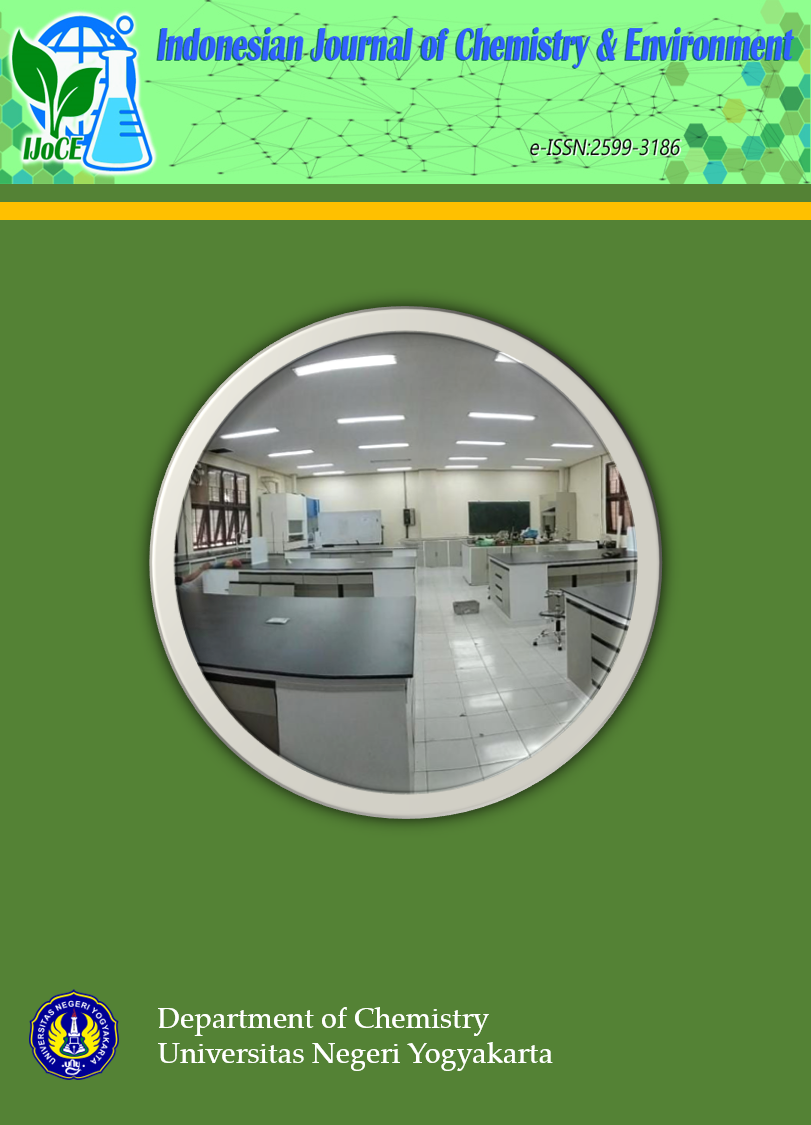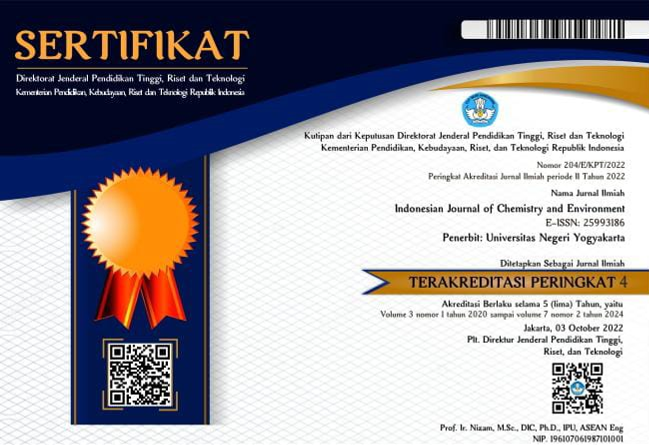Analysis Noe Bikomi River Water Hardness for Community Sanitation Hygiene Needs
DOI:
https://doi.org/10.21831/ijoce.v7i1.73355Abstract
The Noe Bikomi River water is used by the local community for daily life. The water quality of the Noe Bikomi River needs to be checked, especially the hardness parameters which can cause various consequences to guarantee the community's right to obtain good quality water. This research is quantitative descriptive research. There are 3 test sampling points where water test sampling will be carried out once in September 2023. The test sample (water) is taken from the surface and taken to the laboratory for testing. The hardness value (CaCO3) from the three points ranges from 259-277 mg/L with the high hardness level category. The hardness values at all three points still meet quality standards and are suitable for use for sanitary hygiene purposes.
Downloads
Published
2024-07-09
How to Cite
[1]
Santiari, M. and Priyambodo, H.Y. 2024. Analysis Noe Bikomi River Water Hardness for Community Sanitation Hygiene Needs. Indonesian Journal of Chemistry and Environment. 7, 1 (Jul. 2024), 53–56. DOI:https://doi.org/10.21831/ijoce.v7i1.73355.
Issue
Section
Articles
Citation Check
License
Authors who publish with this journal agree to the following terms:
- Authors retain copyright under a Creative Commons Attribution–ShareAlike License (CC BY SA) that allows others to share: copy, and redistribute the material in any medium or format, Adapt: remix, transform, and build upon the material, for any purpose, even commercially.
- Authors are able to enter into separate, additional contractual arrangements for the non-exclusive distribution of the journal's published version of the work (e.g., post it to an institutional repository or publish it in a book), with an acknowledgement of its initial publication in this journal.
- Authors are permitted and encouraged to post their work online (e.g., in institutional repositories or on their website) prior to and during the submission process, as it can lead to productive exchanges, as well as earlier and greater citation of published work.










